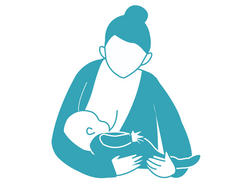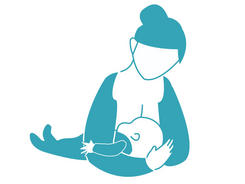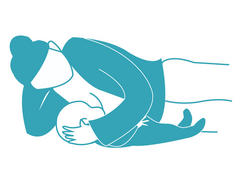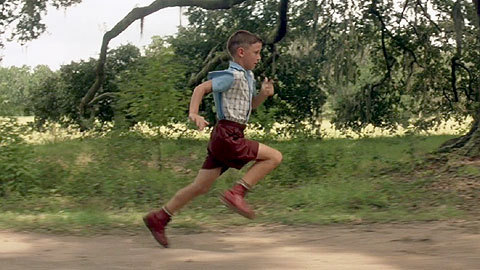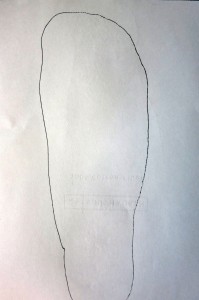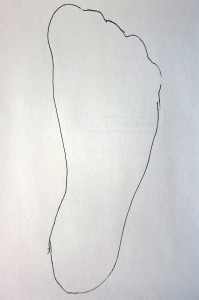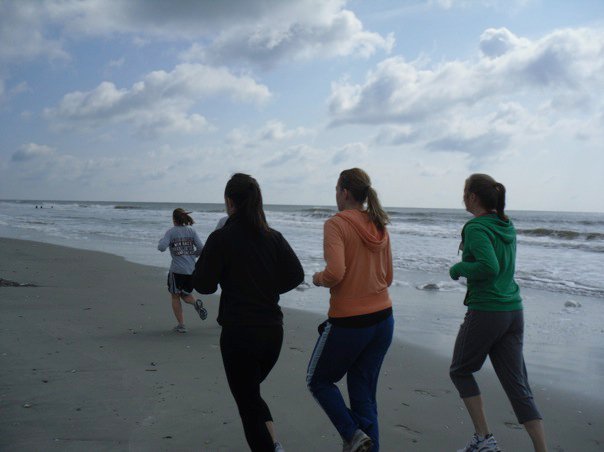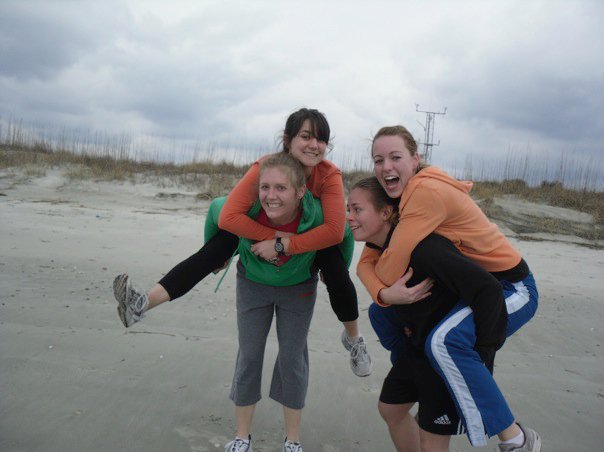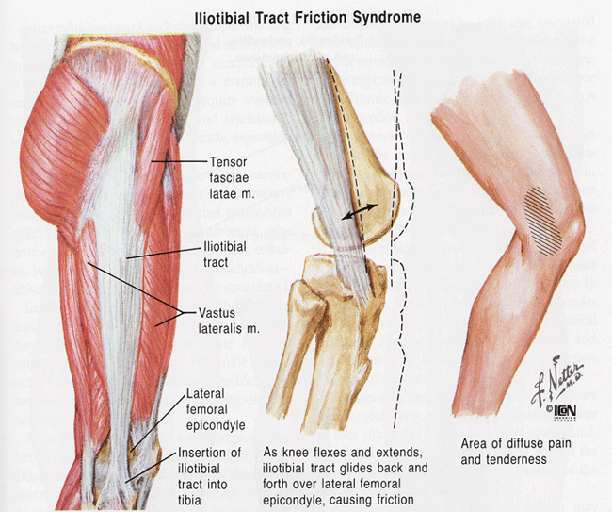
Diastasis recti, a separation of your abdominal muscles, is a common condition during and after pregnancy.
The linea alba is a line of fibrous tissue between two sides of the rectus abdominis that runs vertically. When this muscle is stretched throughout pregnancy, there can be a physical separation or widening between the two sides of the abdominal muscle.

As outlined in previous posts, the abdominals act as a natural back brace for us. If there is weakness or separation in our natural back brace, a number of pain conditions arise. Unfortunately, diastasis recti is not always recognized early, and I see mothers of all ages in the clinic for hip pain, back pain, knee pain (etc, etc, etc) that arose from weak abdominals. (side note: Obgyns should just start referring women to physical therapists after any type of birth, right?)
I searched the web to find a quick video of how to tell if a diastasis recti is present. I found this video you can use to assess for the presence of this condition:
Let’s all freak out for a minute because we all just realized we have diastasis recti…
ok, I’m still freaking out…
still freaking out…
ok, now I am desperate to fix this!
How convenient there is a post right here about postpartum abdominal strengthening!
There is one thing to add to this strengthening program if you find that you have diastasis recti. Use your hands (or a brace, etc) to physically pull your abdominals together as you perform the exercises. In other words, push your abs together.


I want to note a few things you should most definitely NOT do if diastasis recti is present:
1. SIT UPS. Like, never. Never, ever do sit ups.
2. PILATES before you do this program.
3. YOGA positions where you are pushing your stomach out (aka abdominal breathing, dead bug, to name a few), yoga positions that STRETCH the abs (cobra), or anything on your hands and knees with poor abdominal control (cat, cow, sunbird).
4. LIFTING without engaging your abdominal muscles. This includes lifting your dear little (or big) baby.
5. Did I already say don’t do sit ups? Just don’t. If you want strong abs, do this.
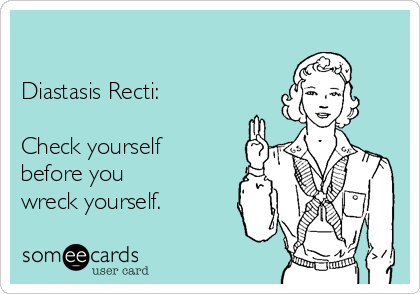
I strongly encourage you to seek help from a physical therapist if you have a significant diastasis recti. There is nothing like having an expert treat you one on one to prevent and treat pain. I am not speaking of a personal trainer or fitness guru, although they are helpful for many things. A physical therapist is a movement system expert with a physical therapy degree (7 years of post high school education for a doctorate degree) and has been up close and personal with the rectus abdominis and line alba a la cadaver labs. TMI?! I just want to be clear that seeing a personal trainer is NOT the equivalent.
Your health insurance may help you out with the cost of physical therapy. If you don’t want to see a doctor first to get an order for physical therapy, call your local PT clinic and see if they have direct access. If you don’t know what direct access is, please read my explanation here.
Happy abdominal strengthening, ladies!
If you are interested in more pregnancy and postpartum health tips, read my previous posts!
The Do’s and Don’ts of Breastfeeding: How to prevent musculoskeletal pain
Postpartum Abdominal Strengthening
Top 3 Exercises Every Pregnant Woman Should Do
Return to Running After Pregnancy
***The content of http://www.kayleemay.com is for informational purposes only. The information presented is not to be taken as professional medical advice, diagnosis, or treatment. If you are having pain, or seeking medical advice, talk to your health care provider. Do not delay in seeking treatment because of information you have read on http://www.kayleemay.com. Taking recommendations presented on http://www.kayleemay.com is solely at your own risk***

